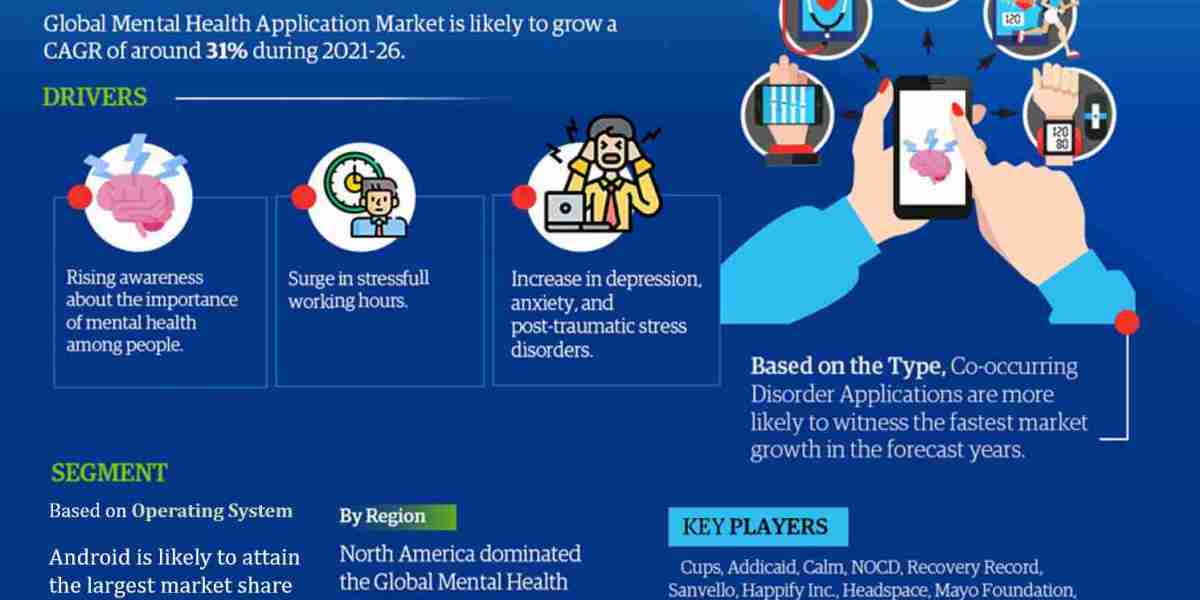The global incontinence care products market is experiencing robust growth, with an estimated worth of $12.6 billion in 2023 and a projected increase to $16.5 billion by 2028. This substantial growth, at a Compound Annual Growth Rate (CAGR) of 5.6% from 2023 to 2028, can be attributed to several key factors driving the market's expansion.
Download PDF Brochure-https://www.marketsandmarkets.com/pdfdownloadNew.asp?id=71950351
Driving Factors
Increasing Geriatric Population with Chronic Medical Conditions
Incontinence is a prevalent clinical issue, particularly associated with age. The World Health Organization (WHO) recognizes incontinence as a significant health concern, affecting the quality of life for older individuals and leading to various physical, psychological, and social consequences. With the global population aging rapidly, urinary incontinence (UI) has become a growing concern. Studies show a high incidence of UI in women aged 50 and above, with similar trends in the US, the UK, and South Korea.
The WHO predicts that by 2030, one in six people worldwide will be aged 60 or older, reaching 1.4 billion by 2030 and doubling to approximately 2.1 billion by 2050. The number of individuals aged 80 or older is also expected to triple between 2020 and 2050, reaching nearly 426 million.
Social Stigma Associated with Incontinence Care Products
Despite the widespread occurrence of incontinence, stigma remains a significant barrier to seeking assistance and utilizing incontinence care products. Surveys indicate that individuals find incontinence more challenging to discuss than issues like depression and personal hygiene. The stigma surrounding incontinence care products, such as adult diapers, is particularly prominent in certain countries like India, where cultural norms perceive urinary incontinence as shameful.
In such societies, adults dealing with incontinence often hide their condition, leading to social isolation, mental health challenges, and physical discomfort. The lack of access to appropriate care and support compounds these issues.
Promising Opportunities
Rising Adoption of Smart Diapers
The emergence of superabsorbent polymers (SAPs) has led to the development of smart diapers capable of retaining large amounts of liquid while remaining comfortable and discreet. Conventional SAPs are non-biodegradable and contribute significantly to landfills worldwide. Investments in SAPs made from renewable materials present new opportunities for the global market, offering eco-friendly alternatives to petrochemical-based polymers currently used in disposable diapers and other hygiene products.
Market Challenges
Disparities in Reimbursement for Incontinence Care Products
Reimbursement for incontinence products varies widely across countries, with patients often receiving limited or no reimbursement for absorbent incontinence products. While some US states partially or fully reimburse incontinence supplies for seniors under Medicaid, disparities exist. In Germany, only a fraction of health insurance expenditures go toward incontinence products, highlighting regulatory and reimbursement challenges that vary by region.
Market Segmentation
The incontinence care products market comprises several key segments:
Product Type: Absorbents and non-absorbents. Absorbents, such as diapers, dominate the market, accounting for 67.9% in 2022 due to their ease of use and effectiveness in managing leaks.
Gender: The market is categorized by gender, with females accounting for the larger share in 2022 due to a higher incidence of urinary incontinence among women.
Usage: The market includes disposable and reusable products, with disposables accounting for 82.1% in 2022 due to increased demand for single-use solutions.
Region: The market is segmented into North America, Europe, the Asia Pacific, and the Rest of the World. Europe led in 2022, driven by the presence of major industry players.
Key Players
Prominent companies leading the incontinence care products market include Essity Aktiebolag (publ) (Sweden), The Procter Gamble Company (US), Kimberly-Clark Corporation (US), HARTMANN (Germany), and Ontex BV (Belgium). These industry giants excel due to their extensive product portfolios, global presence, robust RD budgets, and strong brand recognition.
Download PDF Brochure-https://www.marketsandmarkets.com/pdfdownloadNew.asp?id=71950351
Conclusion
The incontinence care products market is poised for significant growth in the coming years, driven by the increasing elderly population and the adoption of innovative solutions like smart diapers. While social stigma and reimbursement challenges persist, market players continue to invest in research and development to address these issues, ensuring a brighter future for individuals in need of incontinence care products.







